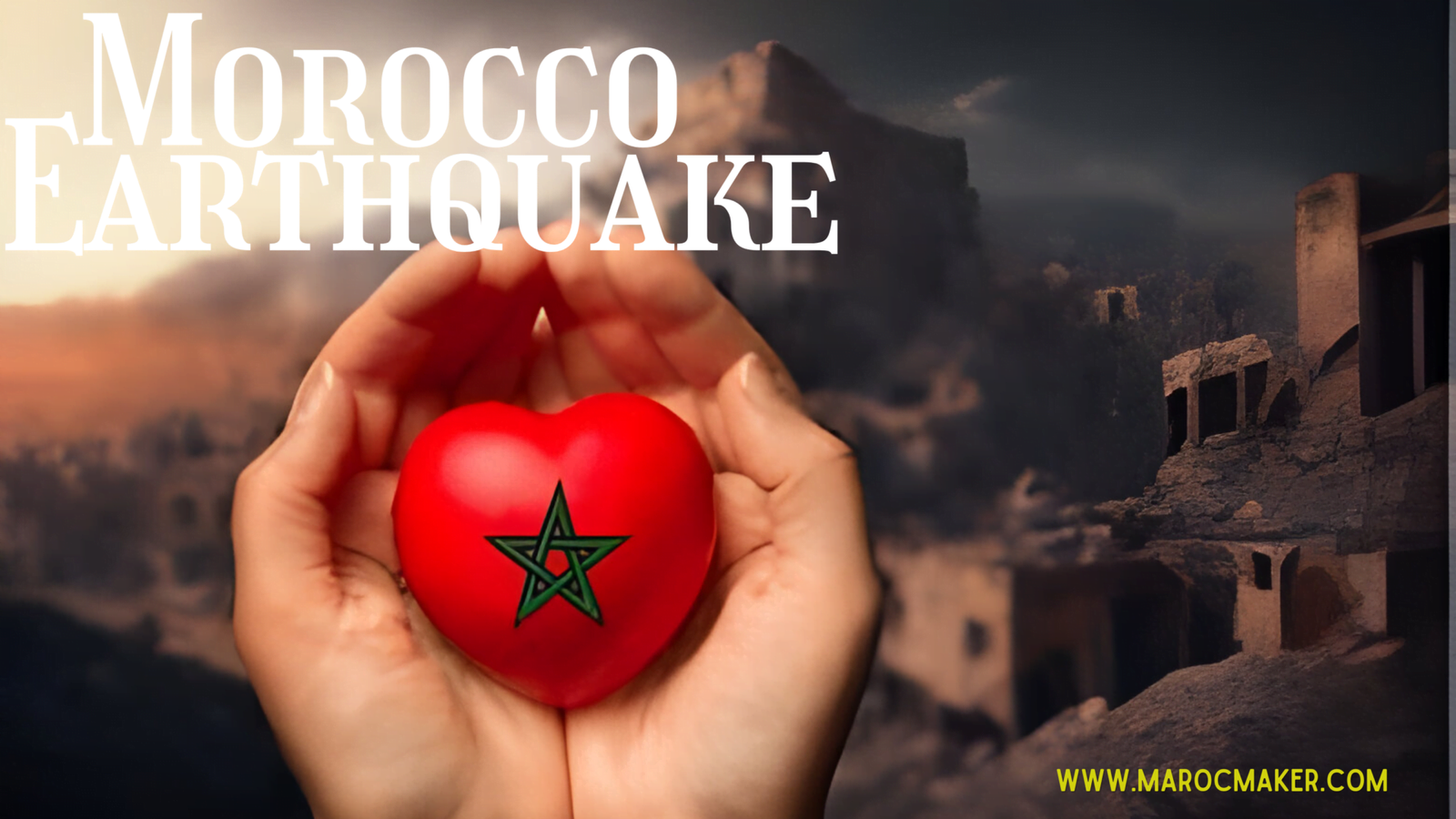The 2023 Morocco earthquake was a significant seismic event that occurred close to Oukaïmedene town in western Morocco on September 8, 2023. With a magnitude of 6.8, the Morocco earthquake caused the death of over 2,900 individuals and left 5,500 others injured, as well as causing extensive damage to historical areas of Marrakech and isolated communities in the Atlas Mountains. Its impact was felt as far as Casablanca in Morocco, as well as in Portugal and Algeria.

Earthquake
A powerful earthquake with a magnitude of 6.8 hit at 11:11 PM local time, with its center situated approximately 45 miles (72 km) southwest of Marrakech, in Morocco’s Al Haouz province.
The Morocco earthquake‘s focal point was relatively shallow, at only 11.2 miles (18 km) below the surface, according to the United States Geological Survey. This proximity to the surface resulted in more intense shaking in the affected areas. The main earthquake was followed by a magnitude-4.9 aftershock about 20 minutes later.
The earthquake occurred in the northwestern part of the African 342 miles (550 km) south of the boundary between the African and Eurasian tectonic plates.
The African Plate is moving northwards at a rate of about 0.2–0.4 inches (4–10 mm) per year, but at the earthquake site, it is moving west-southwest at about 0.1 inch (3.6 mm) per year.
The High Atlas Mountains have a cluster of faults due to the stresses from compression and shearing in the region. Geologists believe that the Morocco earthquake was caused by the buildup of compressional stress from one fault subducting under another, leading to rock fracturing and the release of stress.
This resulted in one side of a thrust fault rising upwards by as much as 5.6 feet (1.7 meters) along a 19-mile (30-km) section of the fault.

Damages
The aftermath of the Morocco earthquake in Al Haouz province was devastating, with remote mountain villages bearing the brunt of the damage.
The majority of buildings in these areas were made of unreinforced brick and masonry, and local building regulations were either inadequate or poorly enforced.
The town of Amizmiz, located 20 miles northeast of the earthquake’s epicenter, was particularly affected, with much of it reduced to rubble and fears that up to 2,000 people may have died under collapsed buildings. Other small settlements, such as Tafeghaghte, located near Amizmiz, also suffered severe losses, with over 90 residents killed and most of the town’s 100 houses destroyed.
In contrast, Marrakech, a city with modern building standards, escaped significant damage, although some structures in its historic medina district, dating back to the 11th century, were either damaged or collapsed.
In the aftermath of the Morocco earthquake, the Moroccan government faced criticism for its handling of the disaster response. Survivors were frustrated with the government’s perceived lack of effort in delivering relief supplies and rescue teams to affected areas, leading to accusations of a slow and inadequate response.
The government’s decision to only accept aid from select countries, including Spain, Qatar, Britain, and the United Arab Emirates, while denying entry to teams from other countries, further fueled criticism.
The Moroccan government attributed this decision to concerns about congestion on the limited road network in the earthquake zone, but later clarified that all aid was welcome, provided it was coordinated through proper channels to ensure efficient distribution.



Comments are closed